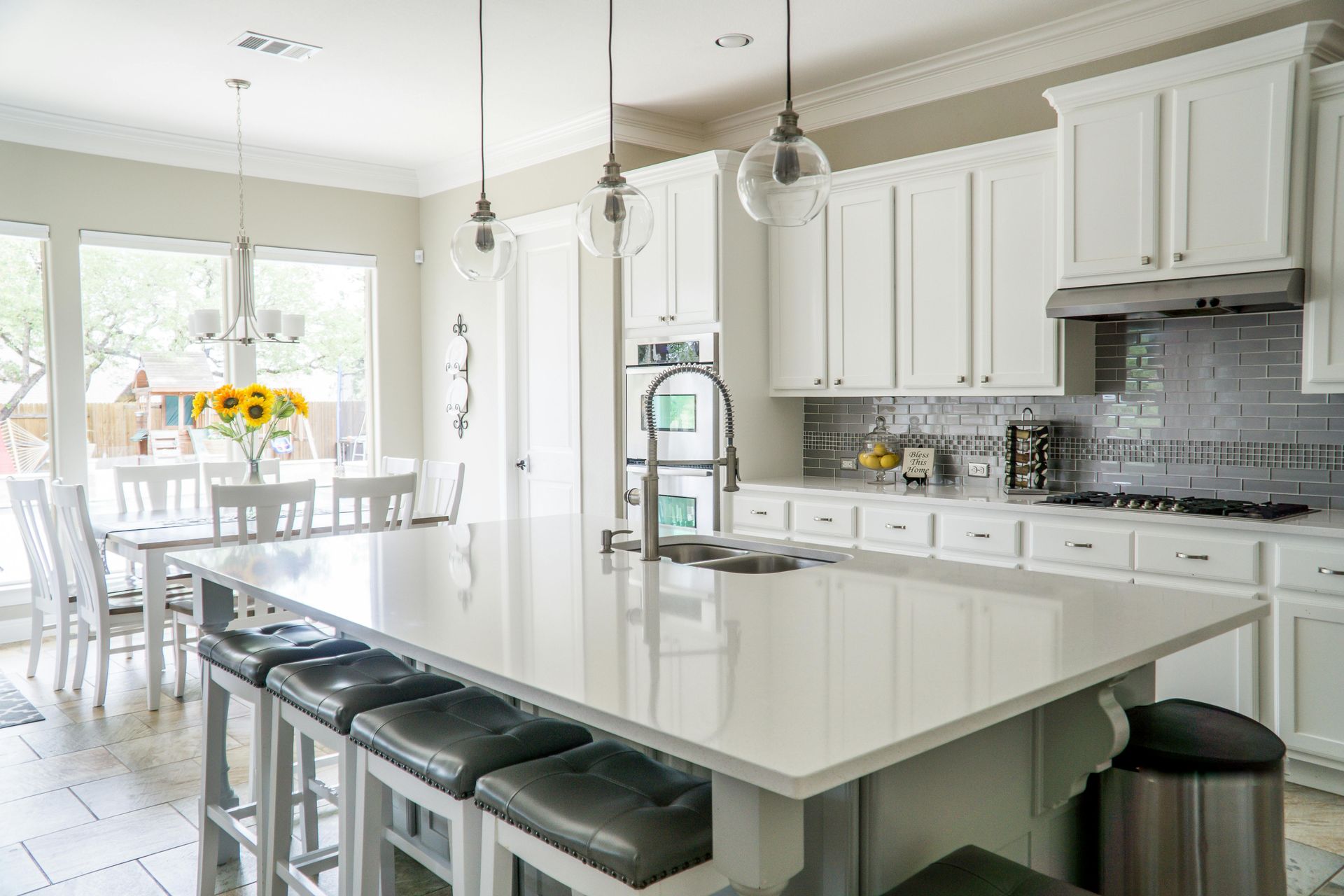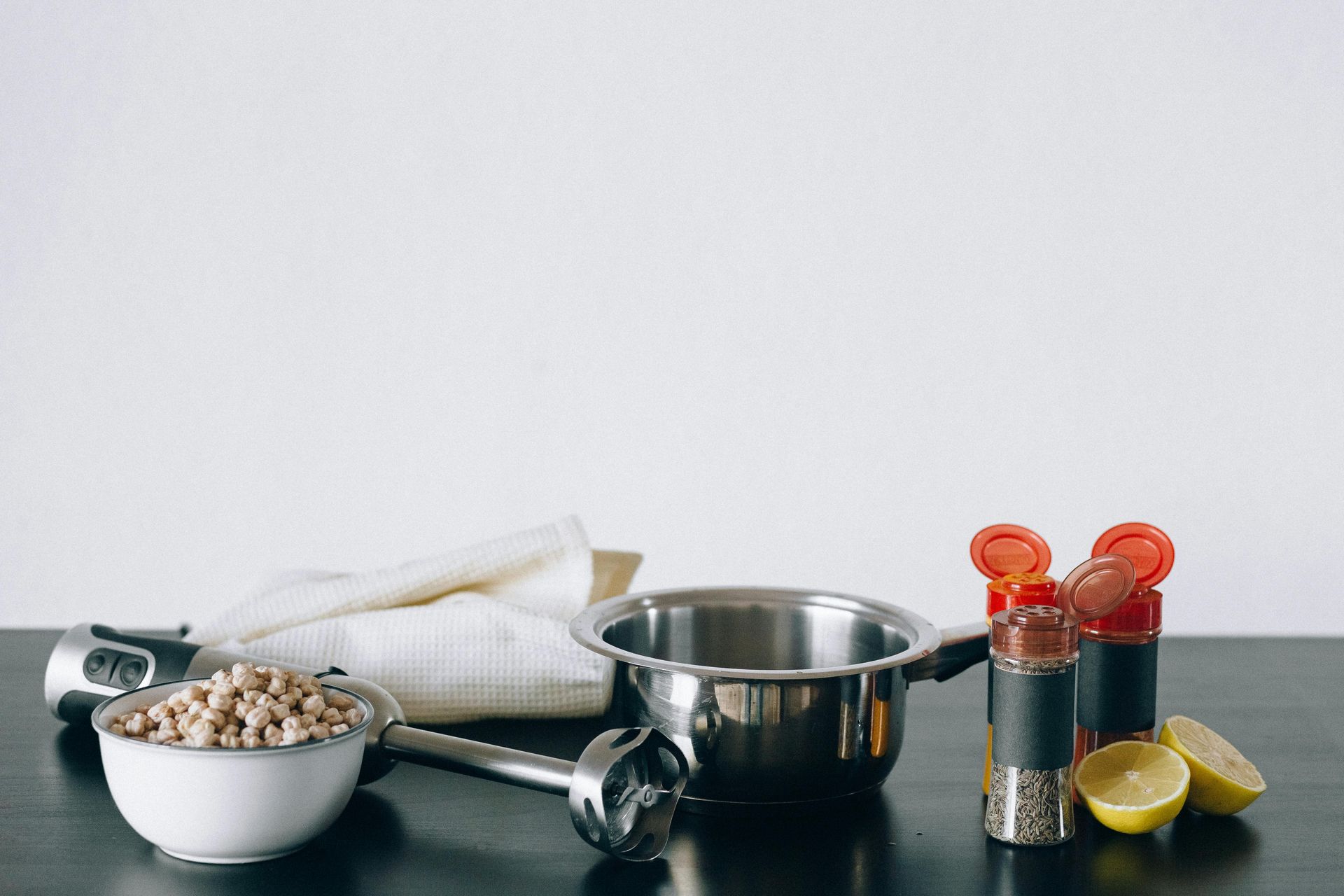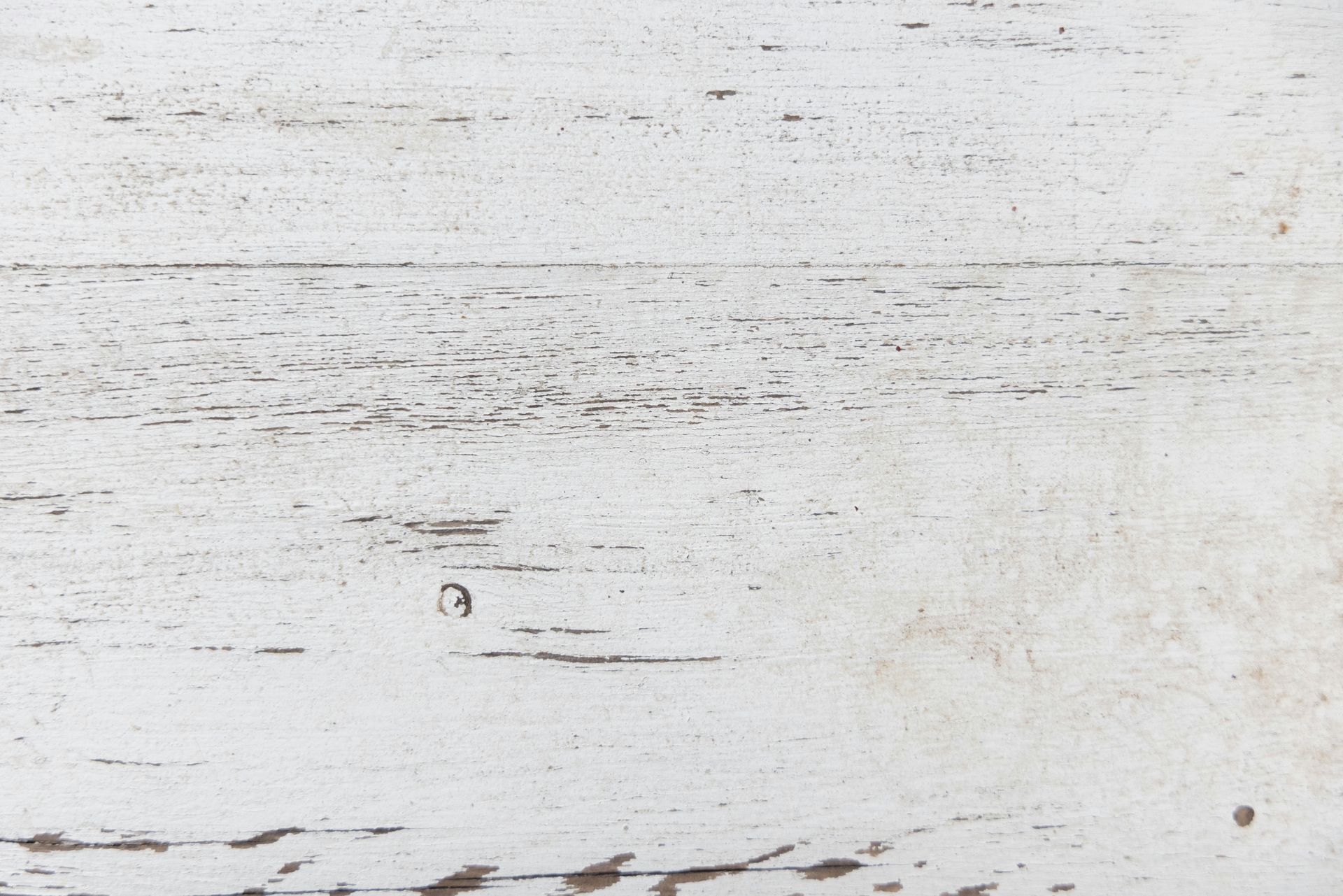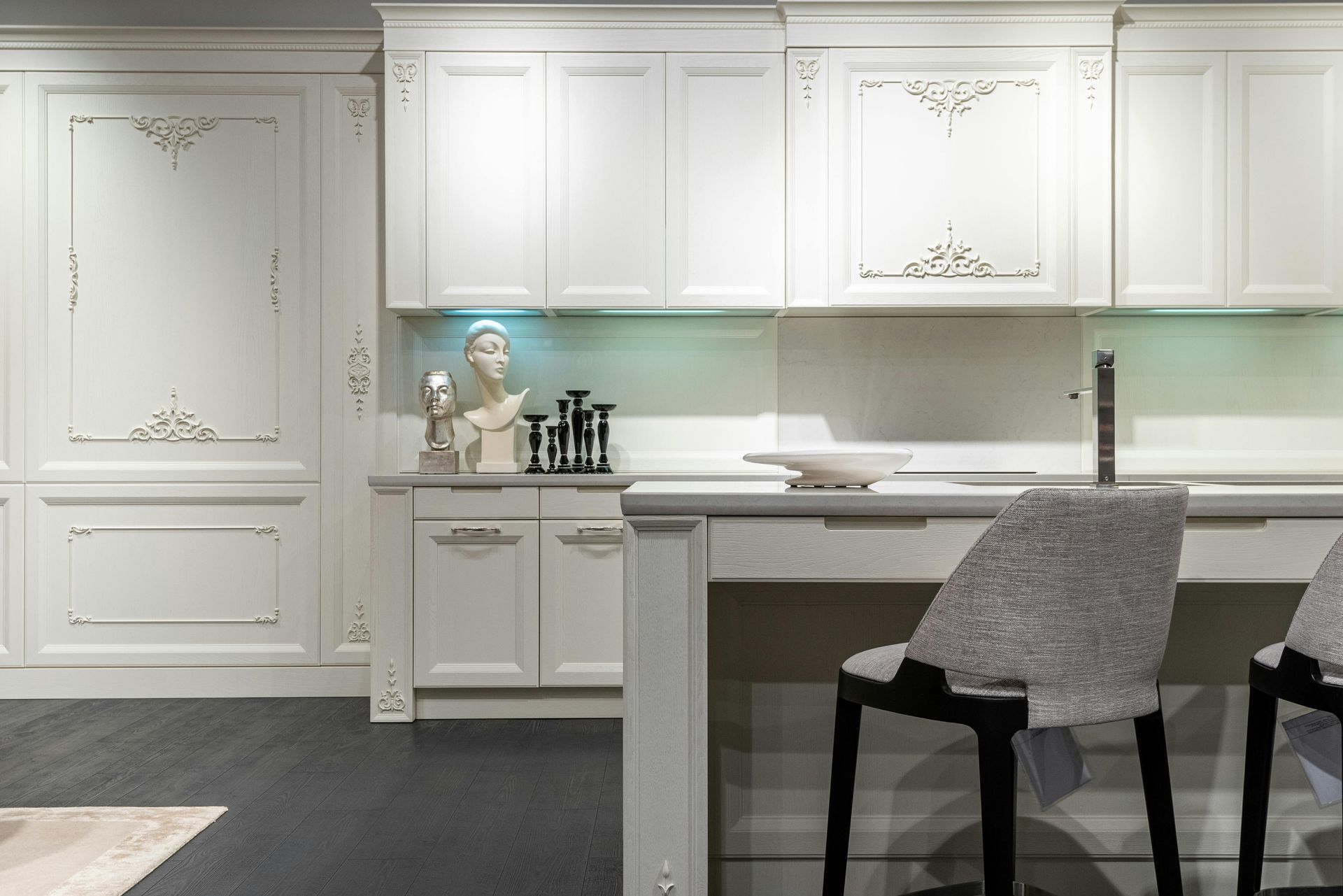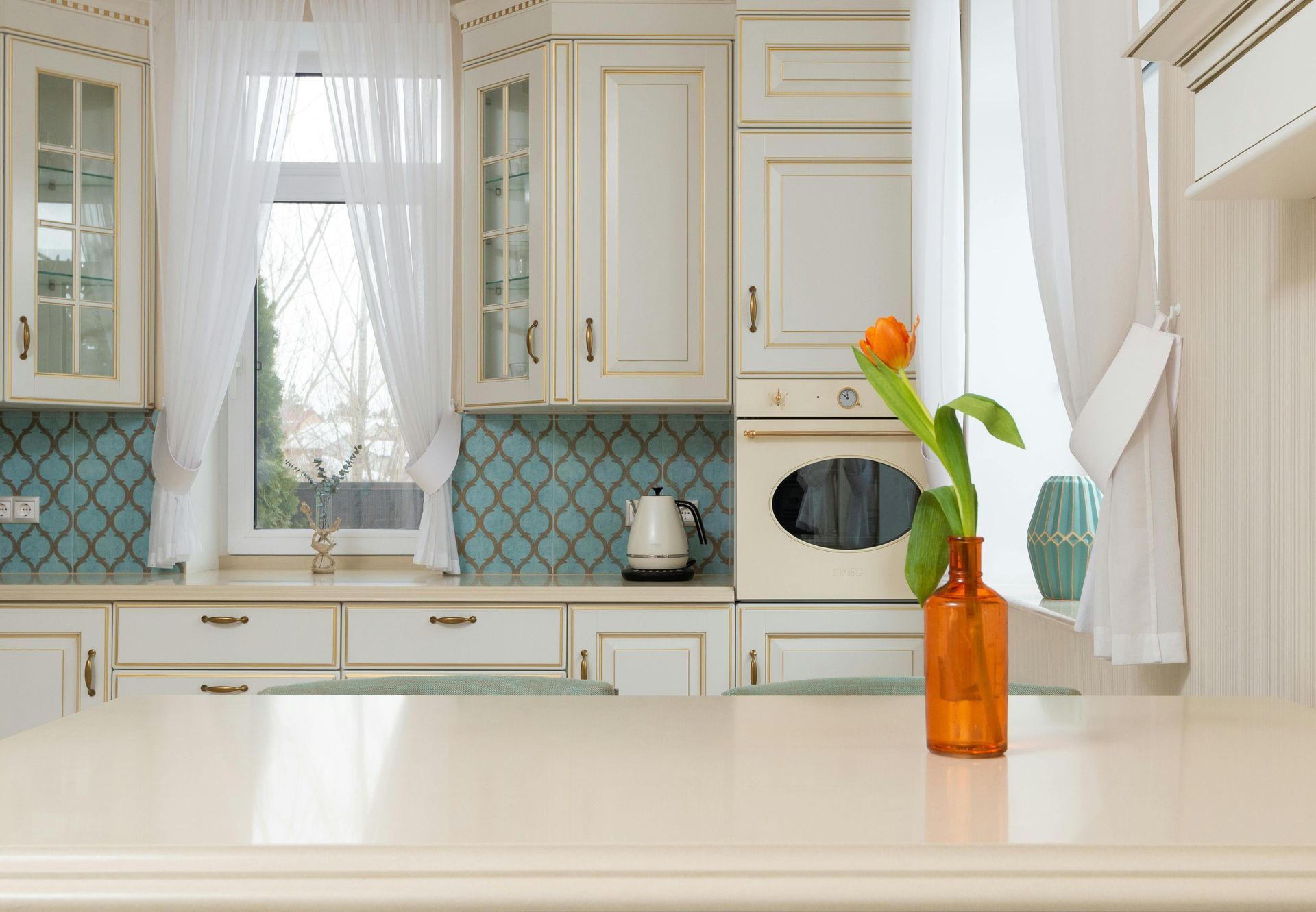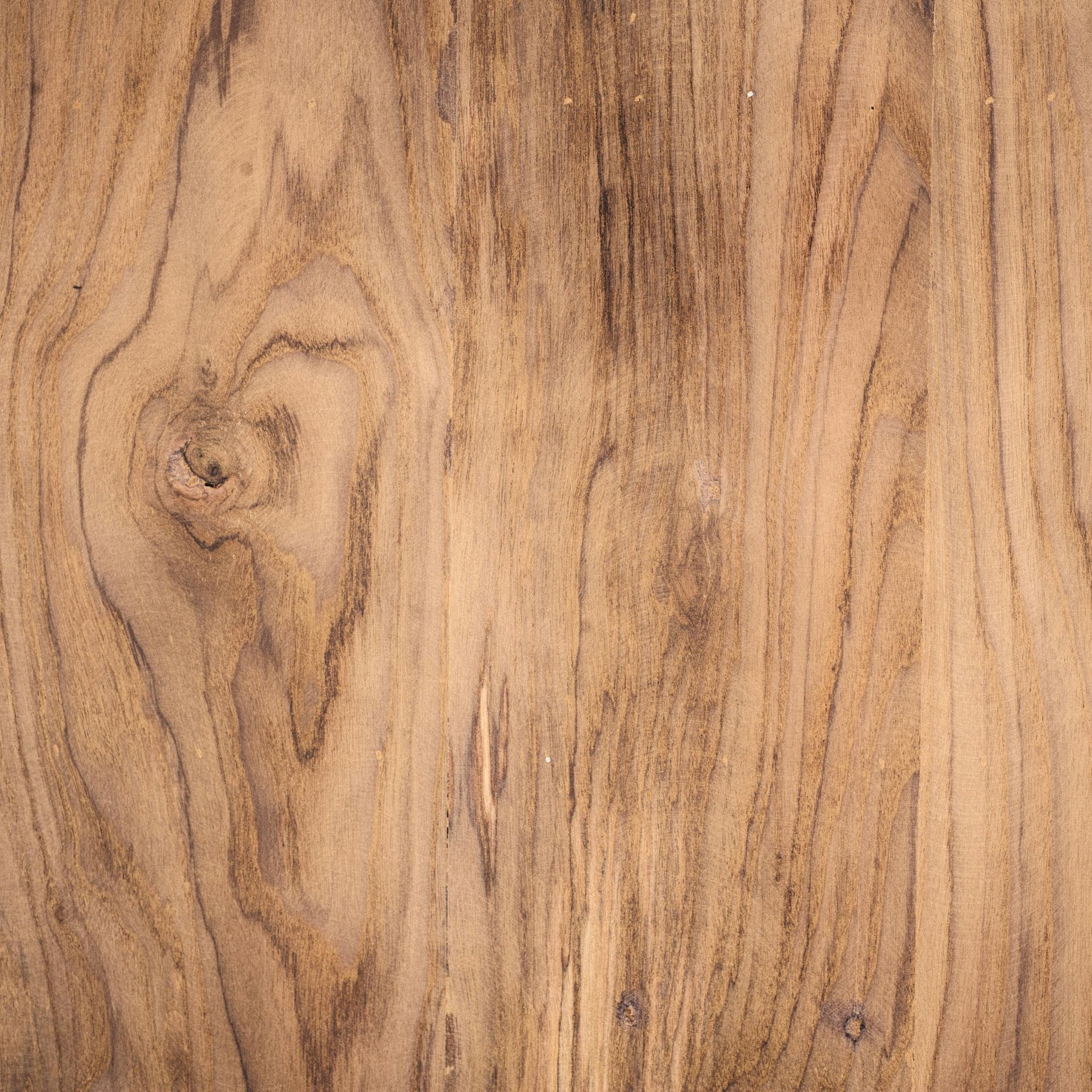Common cabinet materials
Best practices, and Material Selections for quality built Custom Cabinets

When investing in new cabinetry—whether for a kitchen, bathroom, or custom built-in—choosing the right materials is as important as selecting the style and finish. The longevity, appearance, and performance of your cabinets all depend heavily on what they’re made from. Modern cabinet construction typically involves a combination of hardwoods, cabinet-grade plywood, and medium-density fiberboard (MDF), each playing a distinct role in the design. Let’s explore these materials and understand why they’re used, how they function, and what advantages they offer.
1. Hardwoods: The Classic Choice for Doors, Drawers, and Face Frames
Hardwoods such as maple, oak, cherry, and hickory have long been favored for the most visible parts of cabinetry: face frames, doors, and drawer fronts. These woods are prized for their durability, strength, and natural beauty.
Maple
Maple is a dense, fine-grained hardwood known for its smooth texture and consistent color. Its subtle grain pattern makes it a favorite for painted finishes and modern designs that favor clean lines. Maple is also very durable, resisting dents and scratches better than many other wood types.
Oak
Oak, especially red or white oak, is a more traditional hardwood. It features a prominent grain pattern, making it a popular choice for rustic or classic cabinet styles. Oak is highly durable and resists wear and tear over the years, making it ideal for high-traffic areas like kitchens.
Why Use Hardwood for Doors and Face Frames?
Hardwoods are dimensionally stable and strong, making them ideal for the cabinet parts that undergo the most use. Doors are opened and closed dozens of times a day, and drawer fronts are frequently pulled—so these components need to be both strong and resilient. Hardwoods also finish beautifully, whether you're going for a stained look that showcases natural grain or a painted style with a smooth, solid color.
2. Cabinet-Grade Plywood: The Backbone of Cabinet Boxes
While hardwoods are used on the outside and functional parts of the cabinet, the cabinet box—the actual structure that holds everything together—is typically made from cabinet-grade plywood.
What Is Cabinet-Grade Plywood?
Plywood is engineered from multiple thin layers (or "plies") of wood veneer that are glued together in alternating grain directions. This cross-grain construction gives plywood exceptional strength and resistance to warping, cracking, or splitting.
Cabinet-grade plywood specifically refers to high-quality plywood with fewer voids, smoother surfaces, and strong bonding adhesives. It often comes with a hardwood veneer face—such as birch, maple, or oak—so the inside of the cabinet box is attractive and cohesive with the overall look of the piece.
Types of Veneer Available
You can choose plywood with various species of wood veneer, including:
- Maple veneer – smooth and modern
- Birch veneer – light in color and economical
- Oak veneer – prominent grain for traditional styles
- Cherry or walnut veneer – rich tones for luxury cabinetry
This allows for consistent design while keeping costs and weight lower than if solid hardwood were used throughout.
Why Plywood Is the Preferred Choice for Cabinet Boxes
One of the biggest advantages of plywood over solid wood or MDF is its dimensional stability. Wood naturally expands and contracts with changes in humidity and temperature. This movement can cause solid wood to warp, split, or crack over time—especially in environments like kitchens and bathrooms, where moisture is common.
Plywood, however, is engineered specifically to minimize these movements. Its cross-laminated layers resist expansion and contraction, making it a stable and long-lasting material. This translates directly to the longevity of your cabinets, reducing the chances of sagging shelves, out-of-square boxes, and door misalignments down the line.
3. MDF: A Smooth Surface for Painted Finishes
Another material commonly used in cabinet construction is medium-density fiberboard (MDF). Unlike plywood, MDF is made from wood fibers, wax, and resin, which are compressed under high pressure to form a dense, smooth panel.
Where Is MDF Used?
MDF is often used in:
- Cabinet doors, especially in painted styles
- End panels and decorative elements like crown molding or trim
- Interior shelving in some cases
Because it has no wood grain, MDF offers an ultra-smooth surface that’s perfect for painted finishes. It allows for crisp details in routed profiles, making it ideal for shaker-style or raised-panel doors.
Benefits and Drawbacks of MDF
- Pros:
- Extremely smooth, ideal for paint
- Affordable
- Easy to shape and mill
- Cons:
- Heavier than plywood
- More susceptible to water damage if not properly sealed
- Doesn’t hold screws as well as hardwood or plywood
While MDF isn’t suitable for structural parts like cabinet boxes, it has its place in modern cabinetry thanks to its workability and clean appearance.
Final Thoughts: Building Cabinets That Last
The best modern cabinets are those built with a smart combination of materials—leveraging the unique strengths of each. Hardwoods provide a durable and beautiful exterior, cabinet-grade plywood offers reliable structural support, and MDF allows for flawless painted finishes and design flexibility.
Of all these materials, plywood stands out as a critical component that significantly enhances the durability and longevity of your cabinetry. Unlike solid wood, which will expand and shrink with changes in temperature and humidity, plywood remains stable, keeping your cabinet boxes square and functional for many years.
When working with a cabinet maker or selecting pre-manufactured options, understanding these materials can help you make informed choices that suit your style, budget, and expectations for performance. Quality materials may come at a slightly higher initial cost—but the result is cabinetry that stands the test of time, both structurally and aesthetically.
Ready to upgrade your cabinets? Make sure your choices go beyond appearance—opt for construction materials that deliver real, lasting value.

